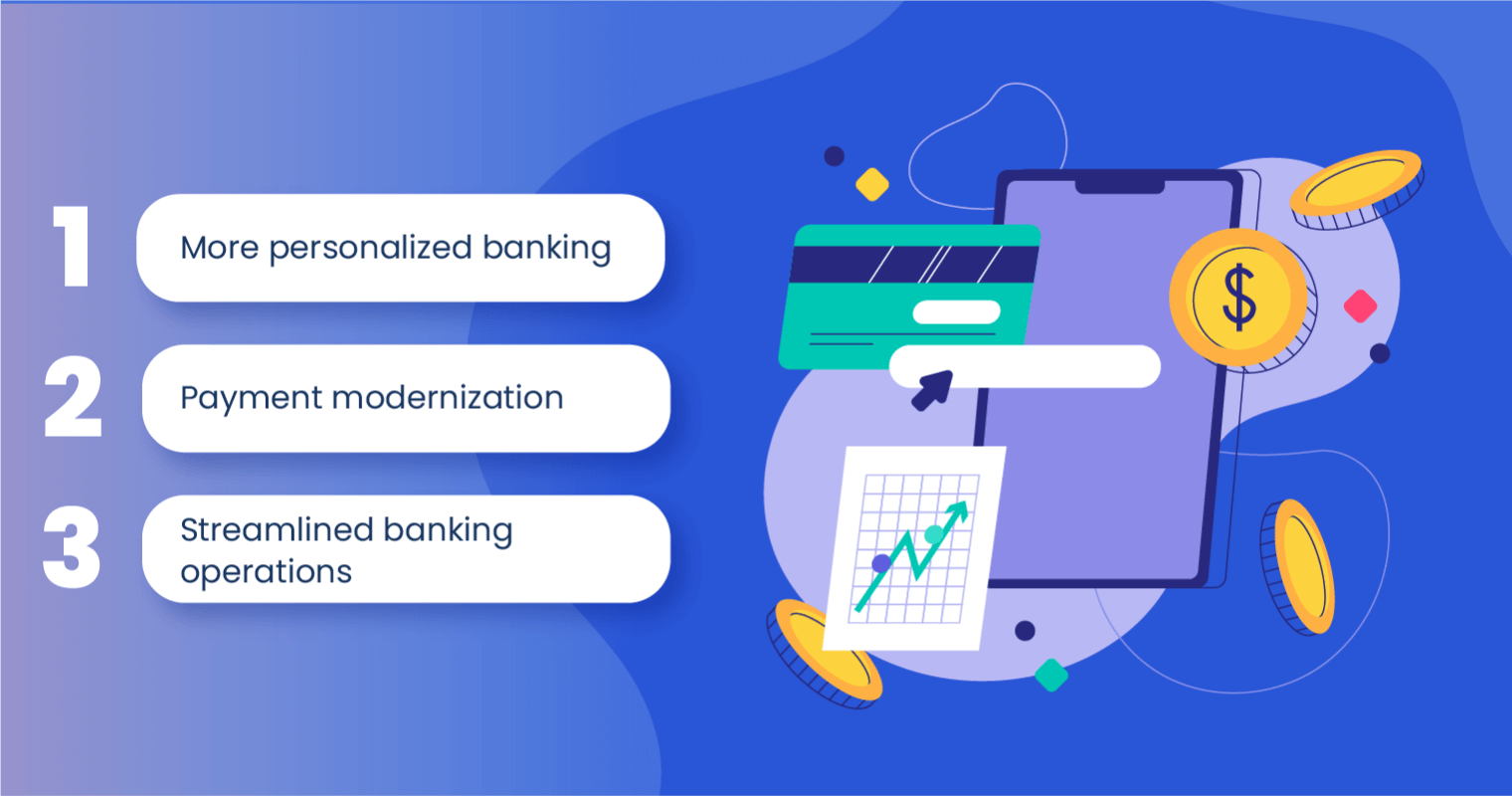Personal Finance Strategies in Canada for 2025: Digital Tools and Economic Trends

Personal finance in Canada is evolving rapidly, shaped by digital innovation and economic shifts.
As 2025 unfolds, Canadians face a landscape where artificial intelligence (AI), rising costs, and global uncertainties demand smarter strategies.
This article explores how to navigate these challenges using cutting-edge tools and trend-aware approaches, offering actionable insights to secure your financial future.
Why settle for outdated methods when you can harness technology and foresight to thrive?
In addition, staying informed about the latest financial trends and tools can empower Canadians to make better financial decisions and adapt to the changing landscape.
The Economic Context: Navigating Uncertainty with Precision
Canada’s economy in 2025 is a mixed bag—resilient yet unpredictable.
Inflation, though cooling from 2022 peaks, hovers around 2.5%, squeezing budgets.
Interest rates, likely stable at 3.5-4%, keep borrowing costs elevated.
Meanwhile, global supply chain disruptions and climate-driven commodity price spikes add pressure.
A 2024 Statista report notes 63% of Canadians feel financially stressed, underscoring the need for adaptive planning.
To counter this, think like a chess grandmaster: anticipate moves and position yourself strategically.
Economic trends suggest prioritizing flexibility—liquid savings, diversified investments, and debt management.
Digital tools amplify this approach, offering real-time data to outmaneuver uncertainty.
For more insights on the economic context, you can visit Statistics Canada.
Table 1: Key Economic Indicators for Canada, 2025
| Indicator | Projected Value | Impact on Personal Finance |
|---|---|---|
| Inflation Rate | 2.5% | Erodes purchasing power; prioritize savings |
| Interest Rates | 3.5-4% | Higher borrowing costs; focus on debt reduction |
| Unemployment Rate | 6.2% | Job security concerns; build emergency funds |
| GDP Growth | 1.8% | Modest growth; cautious investment approach |
Digital Tools: Your Financial Command Center
Technology is revolutionizing personal finance, turning smartphones into financial hubs.
Budgeting apps like YNAB (You Need A Budget) sync with bank accounts, categorizing expenses and forecasting cash flow.
For example, Sarah, a Toronto teacher, used YNAB to cut discretionary spending by 20%, redirecting $500 monthly to her RRSP.
Such tools empower precision, replacing guesswork with data-driven decisions.
Investment platforms like Wealthsimple democratize wealth-building.
With robo-advisors, users access diversified portfolios tailored to risk tolerance, all for fees under 0.5%.
AI-driven insights adjust allocations dynamically, ideal for navigating 2025’s volatile markets.
These platforms also offer tax-loss harvesting, boosting after-tax returns—a critical edge in a high-tax environment.
Don’t overlook AI-powered financial assistants.
Apps like Cleo analyze spending patterns, flagging overspending and suggesting tweaks.
Imagine a virtual coach whispering, “Skip that $7 latte; your savings goal is closer than you think.”
These tools make discipline effortless, aligning daily choices with long-term goals.

+ Resale Market Thrives Amid US Tariffs and Economic Uncertainty
AI and Personal Finance: The Game-Changer
Artificial intelligence is reshaping personal finance by predicting trends and personalizing strategies.
AI tools analyze vast datasets—market signals, consumer behavior, even your spending habits—to deliver tailored advice.
For instance, RBC’s NOMI Insights uses AI to forecast cash flow, helping users avoid overdraft fees.
In 2025, expect AI to integrate with voice assistants, enabling hands-free budget checks via Alexa or Siri.
Consider James, a Vancouver freelancer.
Using an AI-driven app, he optimized his tax deductions, saving $2,000 annually by identifying eligible home office expenses.
Such tools level the playing field, giving everyday Canadians access to sophisticated financial tactics once reserved for the wealthy.
Yet, AI isn’t foolproof.
Overreliance risks detachment from financial realities.
Use AI as a co-pilot, not an autopilot, and always cross-check its suggestions against your goals.
Trend-Savvy Investing: Riding the Waves of 2025
Investment strategies must align with 2025’s economic currents.
Green tech and AI sectors are surging, driven by government incentives and global demand.
ETFs like BMO’s Clean Energy Index ETF offer exposure to renewables, balancing growth and stability.
Conversely, traditional sectors like oil may face volatility due to decarbonization policies.
Diversification remains king.
Spread risk across equities, bonds, and real estate via platforms like Questwealth Portfolios.
For conservative investors, GICs with 3-4% returns provide safety amid market swings.
High-net-worth individuals might explore private equity through platforms like FrontFundr, tapping Canada’s startup ecosystem.

Table 2: Investment Options for 2025
| Asset Type | Risk Level | Expected Return | Best For |
|---|---|---|---|
| Green Tech ETFs | Moderate | 6-8% | Growth-oriented investors |
| GICs | Low | 3-4% | Risk-averse savers |
| Real Estate Funds | High | 8-10% | Long-term wealth builders |
| AI-Driven Robo-Advisors | Moderate | 5-7% | Hands-off investors |
Debt Management: Outsmarting High Interest Rates
With interest rates at 3.5-4%, debt is a silent wealth-killer.
Canadians carry $2.4 trillion in household debt, per 2024 Bank of Canada data, with mortgages and credit cards leading.
Prioritize high-interest debt—credit cards averaging 19% APR—using apps like PowerPay.
These tools calculate optimal repayment plans, minimizing interest.
Refinancing is another tactic.
If your mortgage rate exceeds 4%, explore lenders offering 3.5% fixed rates.
Even a 0.5% reduction on a $500,000 mortgage saves $1,500 annually.
Balance transfer cards with 0% introductory rates can also tame credit card debt, provided you pay off the balance before rates climb.
Building Resilience: The Emergency Fund Imperative
Economic uncertainty demands a safety net.
Aim for 3-6 months’ expenses in a high-yield savings account, like EQ Bank’s 2.5% interest offering.
Automate contributions via apps like Wealthsimple Cash, ensuring consistent growth.
An emergency fund isn’t just money—it’s peace of mind, shielding you from job loss or unexpected costs.
Ask yourself: could you weather a sudden $5,000 expense without borrowing?
If not, prioritize this fund.
It’s the foundation of personal finance resilience, letting you seize opportunities—like investing during a market dip—without fear.

Tax Optimization: Keeping More of Your Money
Taxes erode wealth, but strategic planning softens the blow.
Maximize RRSP contributions to reduce taxable income; a $10,000 contribution at a 40% tax rate saves $4,000.
TFSAs are equally powerful, offering tax-free growth.
In 2025, the TFSA contribution limit is $7,000, ideal for holding ETFs or dividend stocks.
Digital tools simplify tax prep.
Wealthsimple Tax auto-imports data, flagging deductions like childcare or medical expenses.
For self-employed Canadians, apps like QuickBooks track business expenses, ensuring every deduction is captured.
Tax optimization isn’t evasion—it’s smart stewardship of your earnings.
++ Economic Slowdown Raises Concerns Over Business Valuations and Investment
The Behavioral Edge: Mastering Financial Psychology
Personal finance isn’t just numbers; it’s behavior.
Apps like PocketGuard gamify savings, rewarding milestones to sustain motivation.
Understanding cognitive biases—like impulse spending triggered by social media—helps you stay disciplined.
Set clear goals, like a $20,000 down payment, and visualize progress via apps’ dashboards.
Community matters too.
Join Canadian personal finance forums on Reddit, like r/PersonalFinanceCanada, to share tips and stay accountable.
Peer insights reveal creative hacks, from credit card churning to side hustles, amplifying your strategy.
Looking Ahead: Personal Finance as a Lifestyle
In 2025, personal finance in Canada is less about survival and more about thriving.
Digital tools—budgeting apps, AI advisors, robo-investors—empower you to navigate economic turbulence with confidence.
Economic trends, from inflation to green tech, demand agility, but technology puts control in your hands.
Embrace these tools like a captain steering through stormy seas.
Combine them with trend-aware strategies—diversified investing, debt reduction, tax optimization—to build wealth that lasts.
The future of personal finance is here, and it’s digital, dynamic, and distinctly Canadian.
Will you seize it?
